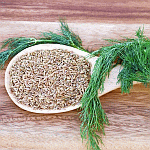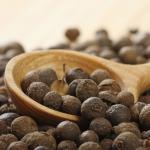Über das Verlangen nach Süßigkeiten und die Wirkung von Sesamsamen im Ayurveda
17.04.2017 | ADVERTORIAL | Süßigkeiten sind das erste wonach wir greifen, wenn wir in Stress geraten. Lesen Sie in diesem Beitrag was Vaidya Mishra empfiehlt und was laut Ayurveda zu tun ist, um mit Hilfe von Sesamprodukten unseren mentalen und emotionalen Stress zu beruhigen und die Doshas (Vata, Pitta, Kapha) in Balance zu halten. Artikel in Englisch.
Sweet Sesame Crunch – Pacify Your Mental and Emotional Stress
When we’re stressed, sweets are the first thing we reach out for. But never without consequences.The quest for the healthiest sweet remains as elusive as our unabated desire for it! I am personally known for my sweet tooth. My mother used to wake up in the middle of the night to make milk rice pudding to satisfy my craving! While I have not been able to get my wife to commit to making fresh rice pudding at midnight, she does make sure there is always an assortment of home-made sweets sitting on our kitchen isle. For the past year, our favorite has been the traditional, simple yet delicious, “chikki.” As my wife kept eating one after another, she asked me about their properties and how much “damage” she was incurring by ingesting so many of them. As I was explaining their health benefits to her, I remember what a healthy sweet chikkies are, specially when made with sesame seeds.
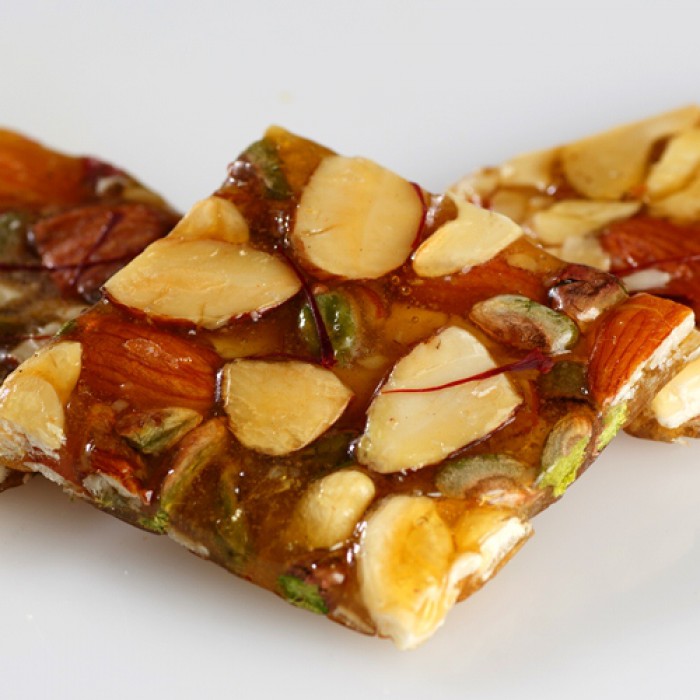
Chikki is a popular Indian confection, but you can find many variations in different traditions of the world. The idea of chikkis is simple: nuts and/or seeds combined with sugar. Almonds, cashews, even peanuts, or a blend of nuts, or seeds, are traditionally used to make chikkis. One other variation involves using only sesame seeds. That is my favorite, and also happens to be the healthtiest as you will see why. In India, consuming sesame chikkis is primarily associated with and consumed at New Year Festivities, in the month of January, when the Sun moves from the Southern to the Northern hemisphere.
Traditionally, the nuts, or the sesame seeds, are combined with “jaggery” – cane sugar. Jaggery, because of its traditional artisanal extraction and manufacturing methods, carries a higher content of minerals naturally occuring in the sugar cane plant, thus making it a healthier sugar for regular consumption. In India, we make chikkies by melting the jaggery, and then adding the nut(s) or sesame, and coat them thoroughly. The mixture is then either transferred to a mold, or rolled out, cooled, and cut into bite-size pieces.
In terms of SVA dietary protocols, I cannot think of a healthier sweet than chikkies. The minimal processing/cooking, the actual nutritional wealth of the ingredients, and the overall ayurvedic balance of the chikki recipe makes it a star amongst sweet recipes.
True, we should monitor our consumption of sweets, specially as we age. However, did you know that eating sweets does play a central role for our mental and emotional health? You may have experienced how your craving for sweets increases in stressful situations, or when you’re tired, but did you know that there is a science behind this?
Stress and Sugar Cravings
According to modern science whenever we experience mental stress the brain uses up more serotonin. Serotonin is a neurotransmitter; some researchers recognize its chemical ability for maintaining mood balance. A deficit of serotonin can lead to depression. Science also tells us that consuming sweets or sugar increase serotonin levels in the brain. However, modern science also recognizes – as we already know in SVA – that processed sugar crystals penetrate the blood stream at such high speed that they tend to give an immediate high followed by a greater crash in serotonin levels, resulting in feeling low and even sinking into depression. The molecules of processed sugar, white sugar, cannot provide a steady sustained effect of serotonin and thus mood elevation. Processed sugar has been stripped of most of the naturally-occuring minerals and its balancing properties. So when you eat processed sugar, it penetrates your body at high speed, gives you a sugar high, and then lets you crash, making you crave more and more of it so you can maintain your high. Moreover, white sugar is highly estrogenic. In women, it will increase estrogen levels, but the resulting crash or ‘rebound’ effect offsets any short term elevation in mood or energy level. Higher levels of estrogen have been associated with: weight gain; bloating, swelling, tenderness in breasts; bloating; decreased sex drive; irregular menstrual periods; headaches; mood swings.; fibrocystic developments in the breast; and even cancer.
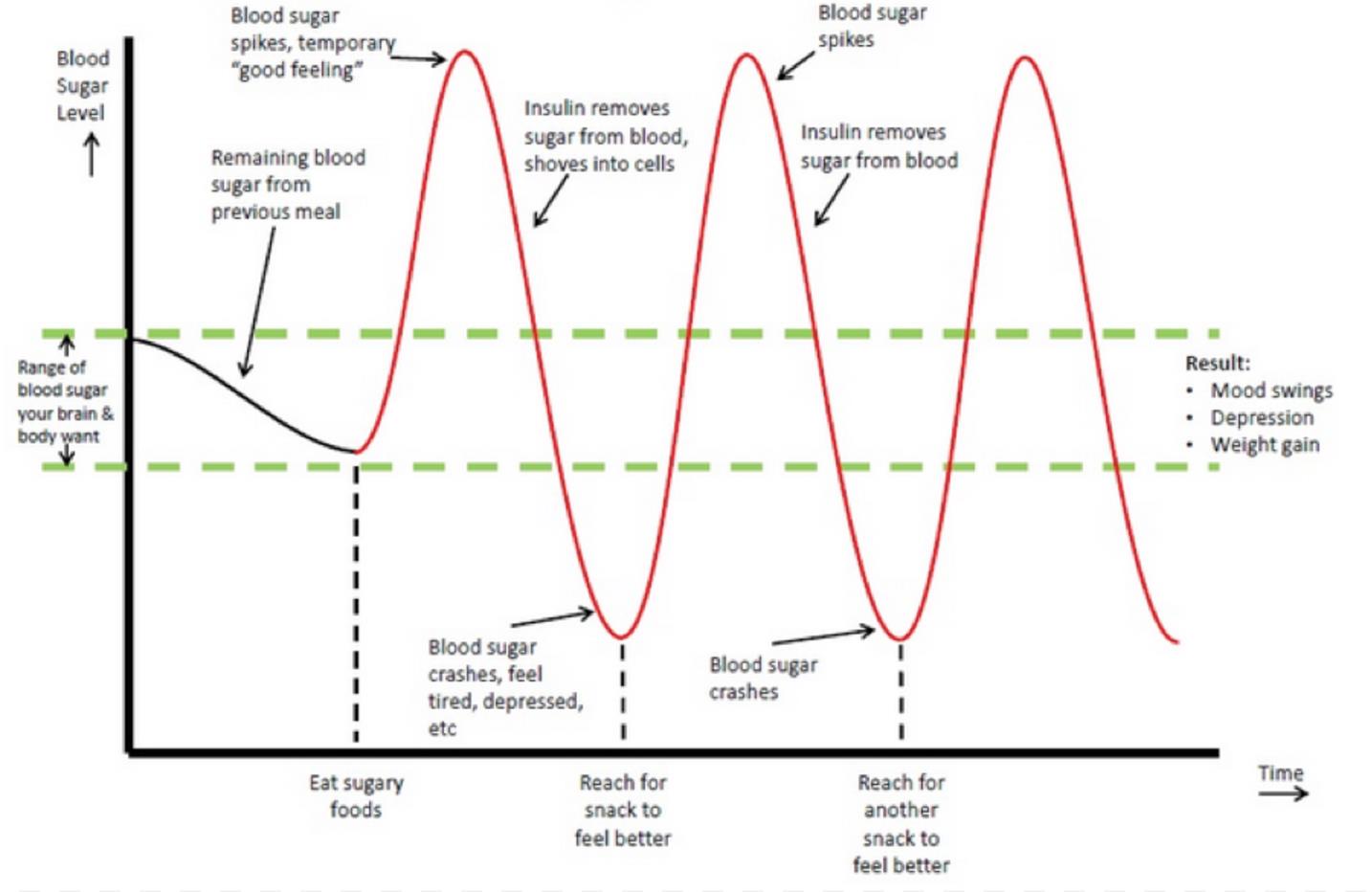
A Sutra-to-Science Explanation of Stress vs Sugar-Cravings
In ayurvedic terms, and as I’ve explained elsewhere in the context of SVA teachings, when we are stressed, our vata sub-dosha called “prana vata” goes out of balance – it goes high. Prana Vata resides in the head region and governs the overall reception and flow of Prana for the entire body. Whenever this sub-dosha goes out of balance, when it goes high, the body’s own support system kicks in to compensate by an increase of Tarpaka Kapha. This is because an increase in Prana Vata will tend to dry out the body overall, and particularly the brain channels. Tarpaka is the kapha sub-dosha that provides nourishment, lubrication, and overall support for the physical brain and spinal cord. Tarpaka Kapha, you can say in SVA terms, is the brain’s own lubricating and cooling system. Mental stress and fatigue, identified as prana vata imbalances, can deplete tarpaka. When tarpaka goes low, then pitta dosha can also go high – heating up the cooling and lubricating system of the brain as well. And here is our key: in situations where stress is imbalancing prana vata, the body’s automatic response is to increase additional intake of Soma to keep prana vata in check. This will automatically also keep tarpaka kapha in balance, as well as maintain good levels of Ojas – neurotransmitters and hormones in the brain.
Serotonin is a specific type of Ojas – a specific type of neurotransmitter. High vata and high pitta deplete tarpaka kapha and serotonin. In a nutshell, this is why we crave sweets when we are mentally stressed out. We crave for anything with the madhura rasa (sweet taste), because the madhura rasa is made of liquid and earthy soma, which can support tarpaka and ojas (serotonin). Note however, that it is actually soma that we are craving and that we need. But the tongue doesn’t necessarily distinguish between healthy sweets (those full of natural Soma) and those that simply taste sweet and promise Soma without actually delivering it – processed sugar confections.
Mental stress and fatigue is one reason we reach for sweets. The other reason is emotional challenges. Emotional challenges directly hit Sadhak Pitta. Sadhak – centered in the heart area – cooks or transforms our emotional experiences and thoughts. When sadhak pitta is balanced it provides joy, enthusiasm, and overall emotional well-being. When we get emotional challenges sadhak starts to use up more tarpaka kapha and thus deplete it. How so? When sadhak pitta is combust with heat due to emotional stress, when it has an imbalance of agni, it will also call on the reservoir of tarpaka kapha and ojas to cool itself off and restore balance. So now you will understand why whenever you are experiencing emotional challenges you will tend to reach out for that extra-large ice-cream tub!
So you see, in this sense, sweets and sweet treats are actually part of a healthy SVA diet. We understand why we should not automatically discard sweets as unhealthy. The real question of course is what kind of sweets we should consume and why. Most of you know that in the SVA diet I encourage the regular consumption of seasonal juicy fruits to replace sugary treats. Pears in particular give a very well balanced and sustained release of sugar molecules to the brain. This is why after eating a pear you feel blissful for a long time. Pears however are very somagenic – sometimes too somagenic to eat when raw, specially in the cold months of winter. Uncooked and eaten without proper spicing, pears might be only partially digested by your body, and their high soma content may create shleshma, mucus substances, and clog the srotas (physical channels) with a mixture of shleshaka kapha and ama. You can still eat pears in the wintertime, but only if you cook them with a stick of cinnamon and a couple of cloves perhaps, to counterbalance their high soma content,
Sweets play an important role in almost all celebrations and festivals of the world. In India particularly, we carry laddoos, sweet dumplings, to feed loved ones when joyous. Chikki is the celebratory sweet of choice that people for celebrating Makar Sankranti – the sun’s voyage from the southern to the northern hemisphere. This festival happens on January 14 and goes by different names according to different regions. In South India the festival is called Pongal. Ayurvedically, you will understand that this makes a lot of sense – in the wintertime they srotas or physical channels of our body shrink to the cooler temperatures, trapping agni in our body, and making us hungry for heavy and sweet things. Chikkies pacify agni through their sugar content, but also keep the soma in check, because sesame seeds are heating!
Sesame Crunch: Packed with Nutrients and Sweet Goodness
Nutritionally speaking, sesame seeds are a wonderful addition to your daily diet. They carry many health benefits according to Ayurveda, and modern science has discovered that they are a rich source of vitamins, minerals, natural oils, and organic compounds which consist of calcium, iron, magnesium, phosphorous, manganese, copper, zinc, fiber, thiamin, vitamin B6, folate, protein, and tryptophan. A quarter cup of sesame seeds will give you approximately 35% of the daily values of calcium needed. Best part is
sesame seeds have a very low glycemic index. In addition to these properties however, sesame seeds also contain two unique substances – sesamin and sesamolin. Both of
these substances belong to a group of special beneficial fibers called lignans, and have been shown to have a cholesterol-lowering effect in humans, and to prevent
high blood pressure and increase vitamin E supplies in animals. Sesamin, in particular, is a great anti-oxidant and natural preservative that has been found to protect the liver from
oxidative damage.
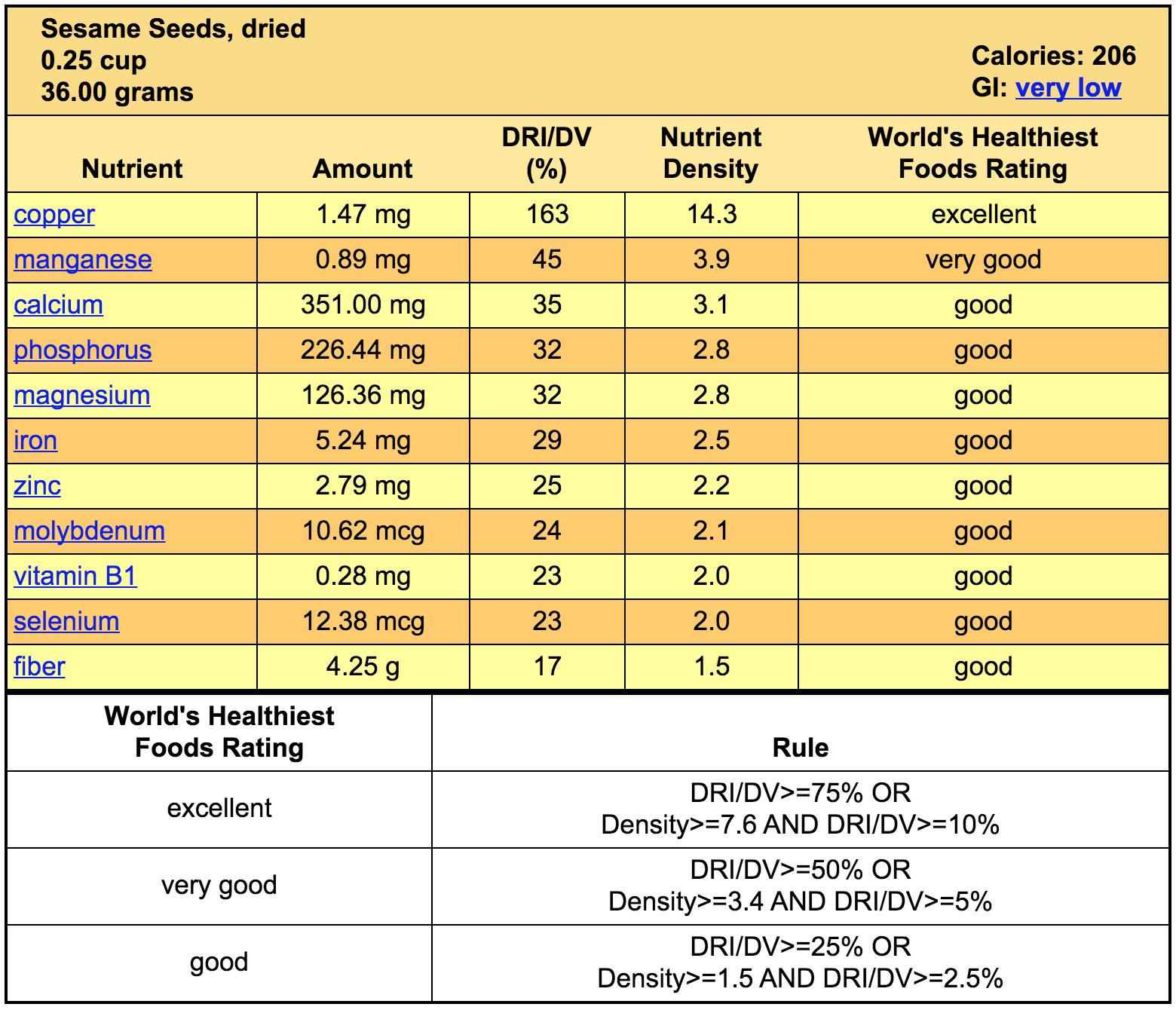
Sesame Seeds in Ayurveda
How does Ayurveda like sesame seeds? It loves them! Here’s what the sutras have to say about sesame seeds, called “tila:”
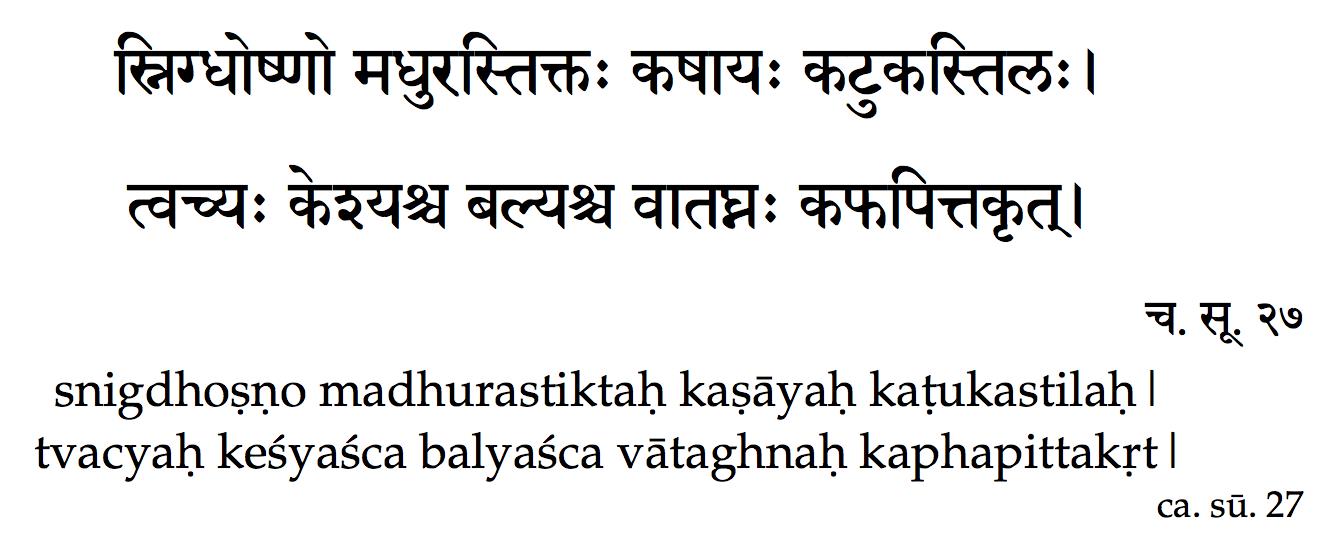
So, according to the Carak Sutras, sesame is:
Snigdhoṣṇo: unctuous and warm
madhurastiktaḥ kaṣāyaḥ kaṭukastilaḥ: the rasas (taste) are madhura, bitter, astringent, pungent.
tvacyaḥ: good for the skin, whether used externally or internally
keśyaśca: good for the hair, whether used externally or internally
balyaśca: gives stamina
vātaghnaḥ: pacifies vata
kaphapittakṛt: can increase kapha and pitta. However this effect is counter-balanced by the samyog (combination) of black pepper and jaggery, respectively, in the variants.
Sushruta gives his opinion that the vipak is sweet. (This means that sesame is pitta and vata pacifying after digestion.) He also says that these sesame seeds are good for the teeth and that they increase medha agni –the ‘flame’ between dhi, dhritti, smriti. In other terms, sesame seeds make you literally smarter!
Bhav Prakash says in his Dhānyavarga that sesame seeds are grahi, that is they enhance absorption; also that they increase asthi agni, the metabolism of the bone tissue; and also that they increase or enrich sukra dhatu, the reproductive tissue.
PV Sharma says in his Dravyaguna Part II that sesame has the unique characteristic of adopting the prabhavas or properties of other ingredients through proper samyog (combination) and sanskar (processing). This is a highly desirable and unique property because it means that sesame can be mixed with cool things to give a cooling soothing effect, or mixed with hot or metabolism enhancing items to support greater metabolic activity.
But what about the other ingredient? The cane sugar, or jaggery, that’s part of the recipe?
Jaggery, also known as gur in colloquial Hindi – is a traditional non-centrifugal cane sugar commonly consumed in India. Gur’s primary property is that it is made without the separation of the molasses from the sugar crystals. In color, it can vary from golden brown to dark brown. Let us see what the verses say.
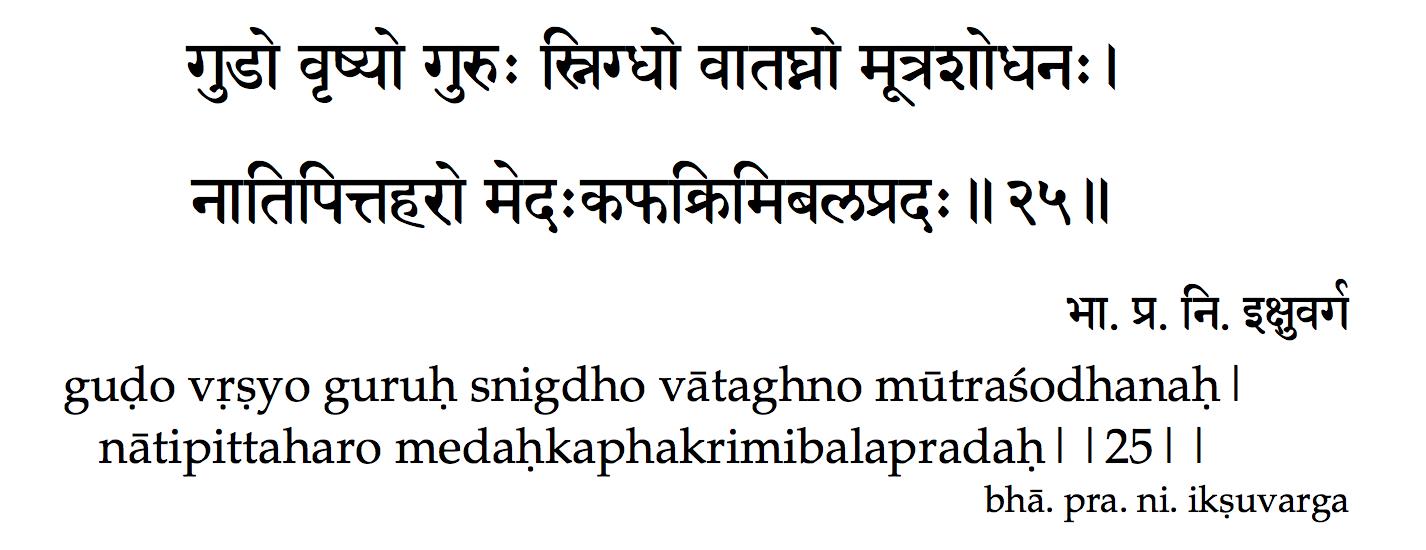
guḍo: Gur –the jaggery
vṛṣyo: enhances sukra – the reproductive tissue
guruḥ: heavy
snigdho: unctuous
vātaghno: pacifies vata
mūtraśodhanaḥ: purifies the urine
nātipittaharo: not that much pacifying to pitta. In higher quantities may increase pitta due to the agni content of certain minerals.
medaḥkaphakrimibalapradaḥ: can increase fat and kapha and stamina; can increase krimi (pathogenic organisms) and decrease immunity. But, sesame seeds balance kapha and fat increase and act against krimi as an immuno-modulator.
So all in all, my newest SVA product, the organic Sesame Crunch, is a beautiful recipe where the 2 ingredients literally correct eachother’s properties out, and we are left with a delicious healthy sweet snack with a mouthful of nutrients and minerals and calcium.
My bite-size Sesame Crunch will not only help you balance prana vata and nurture tarpaka kapha, nourishing your levels of neurotransmitter serotonin, but it is also perfect all year round, not just the winter season, because I have added some SVA flavors to keep the Sesame Crunch balanced and balancing for all times of the year.
Traditionally, the sesame chikkis come in one flavor – just sesame and raw sugar. Now you have 6 SVA flavors or varieties. Each flavor uses a specific additional ingredient not just for flavor, but to help further balance a dosha or satisfy your sugar craving.
With my SVA Sesame Crunches you will satisfy your sweet tooth without feeling guilty, and also nourish your brain, feed your body calcium, and so many other essential nutrients. It can’t get better than that!
Six Varieties for Your Doshas and Taste – Ingredient-wise:
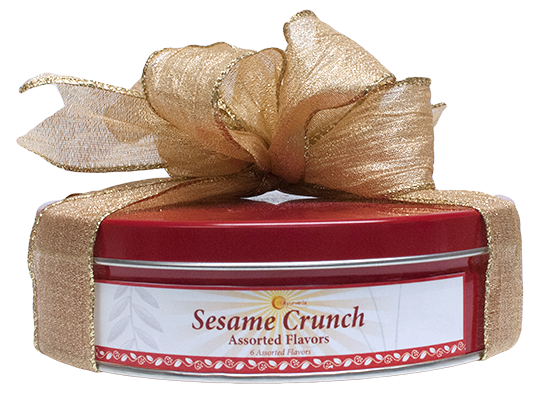
1. Traditional Flavor: Organic Sesame Seeds and Organic raw sugar
2. Spicy Sesame Crunch: Great for kapha body types, or if you’re agni is a little on the low side. It helps open the channels and pacify tarpaka kapha & shleshaka kapha. Kapha body types can really benefit from a little Black
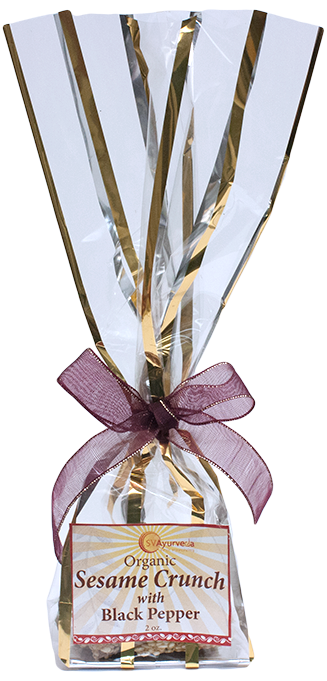
Pepper in the cold season, or anytime of the year. Did you know that modern science also shows that Black Pepper carries benefits for the functions of the brain? Studies showed that Piperine, an active compound in black pepper, inhibits an enzyme that breaks down the calming neurotransmitter serotonin; yet another study published in the December 2012 issue of “Bioorganic and Medicinal Chemistry Letters” found that black pepper might help prevent and treat Parkinson’s disease. Researchers noted that piperine inhibits a type of enzyme that degrades the neurotransmitter dopamine, which is deficient in
Parkinson’s disease patients; Black pepper might forestall brain aging and help prevent Alzheimer’s disease, according to a study published in a 2012 “Journal of Alzheimer’s Disease;” Anti-seizure effects of black pepper were demonstrated in a study published in a 2010 issue of “Biological and Pharmaceutical Bulletin;” and finally Black pepper improved swallowing ability in stroke patients in a study published in the September 2006 “Journal of the American Geriatric Society.” Participants inhaled an infusion of black pepper oil for a minute per day for a month. Results showed increased
activation of the area of the brain that controls the swallowing reflex.
What does Bhav Prakash say about the rasa (taste) and gunas (qualities) of Black Pepper (Marich)?
Maricam katukam tiksnam dipanam kaphavatajit
Usnam pittakaram ruksam svasasulakrmin haret
Maricam katukam: Black Pepper is pungent. Tiksnam: Sharp. Dipana: It enhances agni, enhances the flame. Kaphavataji: Pacifies kapha and vata. Usnam: The virya is hot. Pittakaram: Increases pitta. Ruksam: Dry and gives drying effect.
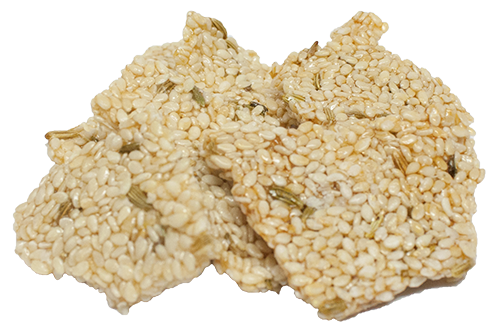
3. Fennel Sesame Crunch: ideal for pitta body types – particularly women in their pre or post-menopausal stage of life – can benefit a lot from the addition of fennel. Fennel is pro-estrogenic and will give them more bliss by raising estrogen levels just enough. This hormone plus the increase in serotonin will give more bliss and reduce emotional and mental stress.
4. Cardamom Sesame Crunch: This variation is very good to pacify vata and pitta. It opens the brain channels, supports bliss, and aids in protein absorption. Anyone who loves cardamom will find this crunch magical. I use the hard to find long variety of cardamom. This variety has an amazing aroma. Special care was taken to protect this aroma (and all the other aromas) used in making all the flavors of the Sesame Crunch.
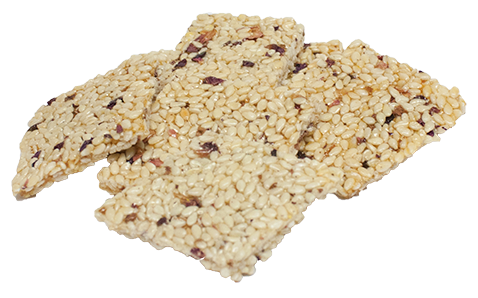
5. Rose Sesame Crunch: This crunch gives all the benefits of rose particularly useful for high pitta types whether facing emotional challenges or not. I made this variety especially for them. In this age of Kali Yuga it’s hard to keep Sadhak Pitta in balance for anyone, so this flavor is actually great for all. Eat just one crunch and for at least one hour your bliss will be restored – some have reported a rosy breath too! Special organic Rosa Centifolia petals were imported from India just for this Sesame Crunch. Find out more about the amazing properties of eating rose petals in my blog article – Top 11 Ayurvedic Properties of Rose: The Queen of Flowers.
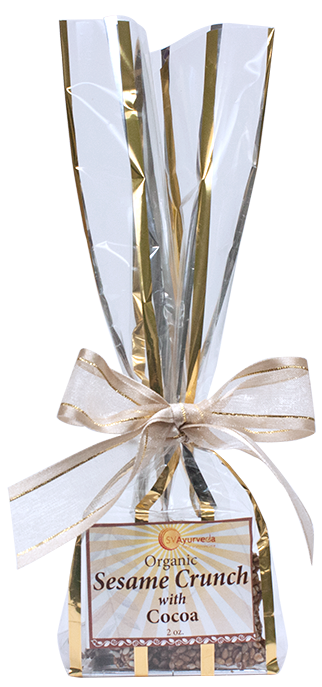
6. Cacao Sesame Crunch:
Cocoa Sesame Crunch: And here is the black sheep of the bunch! I personally do not care at all for chocolate. I did not grow up eating it, and having tried it later in life, I do not understand the fascination with it. According to my SVA findings, chocolate can clog your channels and sandhis (gaps) especially the five bhutagnis (liver burners). However, many of my lady clients repeatedly request it, so if you must have it, make sure you are choosing cacao instead of cocoa. As I said, in SVA, the cacao bean is not on my top list of edible items, even though when minimally-processed, or raw, cacao beans are confirmed superfoods. Here’s an impressive list of the raw cacao bean’s health benefits: Antioxidant effects. Cacao beans are absolutely packed with phenolic phytochemicals and flavonoids, which protect your cells against damage from free radicals. Oxidative damage can result in premature aging and many of the modern chronic health conditions. Boosts your mood and cognitive performance. Epicatechin, the main flavonoid in cacao was shown to improve various aspects of cognition, preserve cognitive abilities during aging, and improve overall mood. Lowers blood pressure. Recent studies found that flavanols lower blood pressure and increase blood vessel flexibility. Protects the heart. Researchers found that flavanols and procyanidins from cacao increased antioxidant capacity in the blood plasma and reduced platelet reactivity, resulting in a healthier heart. Regulates insulin levels. Epicatechin, a flavanol in cacao, activates key proteins and help regulate glucose production, even among diabetics. Cacao beans are also rich in nutrients like magnesium, iron, potassium, calcium, zinc, copper, and manganese. They’re actually thought to be one of the richest food sources of magnesium around. Keep in mind, cacao is NOT cocoa! If you must have chocolate, go for the unprocessed raw or least processed cacao powder, or nibs, or chunks. Cocoa starts the same way cacao does: harvested from the cacao plant’s seed pods. The processing makes all the difference, however. Cocoa is heated at much higher temperatures resulting in a less bitter and somewhat sweeter flavor, but also different health effects.There are actually two types of cocoa available: 1) Dark cocoa, undergoes processing with an alkalized chemical solution. This processing further depletes and degrades the cacao’s healhty antioxidant and nutrient content. 2) Natural cocoa powder tastes a little more acidic and bitter than the dark version, but it’s still not as nutritionally dense as cacao powder. Bottom-line: you want to go with cacao rather than cocoa because cocoa powder “mixes” often contain added sugar and/or other sweeteners. Of course, this is one of the reasons why cocoa tends to be cheaper than cacao and easier to find. Look for high-quality cocoa without added sugars, dairy products, artificial sweeteners, high fructose corn syrup, or emulsifiers. This is the kind I use in my Sesame Crunch, and the only kind you should be going after if you are seeking the health benefits along with the bitter and sweet chocolate taste you are craving! You can also find other recipes on my Youtube channel: such as my chocolate laddoo recipe that uses spices to counterbalance the clogging effect of the chocolate – https://vaidyamishra.com/blog/?s=chocolate. But I think adding organic cocoa powder to the Sesame Crunch is even better, as sesame’s heating and channel-opening properties are perfect to counteract the clogging effects of the cocoa bean. This crunch, like all the rest, is also vega, which is also desirable. Even my wife loved and approved it!
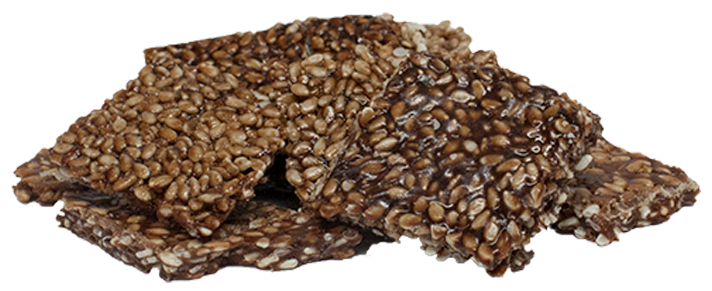
This is, then, my gift to you, this holiday season – guilt-free nutrition-packed sweets that you can enjoy with your morning cup of tea, after your meals, or as a stand-alone snack. Anytime of the day or the year is the right time to bite into a sesame crunch! Happy Holidays!
Disclaimer
This product and statements have not been evaluated by the FDA (Food and Drug Administration) and are not intended to be used to diagnose, treat or cure any disease. All of the information above is intended to be used for educational purposes only and may not be used to replace or compliment medical advice.
Chandi LLC/ Vaidya R.K. Mishra

Chandi LLC/ Vaidya R.K. Mishra
9620 Topanga Canyon Place
91311 Chatsworth, California
USA
Kontaktperson:
Educator for Chandi LLC Vaidya Mishra
Telefon: 001 - 818 - 709 - 1005
Email: info@prana-center.com
Website: www.vaidyamishra.com
Dieser Artikel erschien am 02.12.2016 hier: https://www.svayurveda.com/sweet-sesame-crunch-pacify-mental-emotional-stress/ und wurde mit freundlicher Genehmigung von Vaidya Mishra im ayurveda-portal.de veröffentlicht.



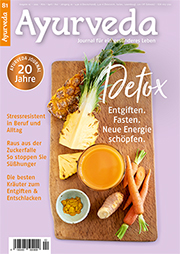


.png)



